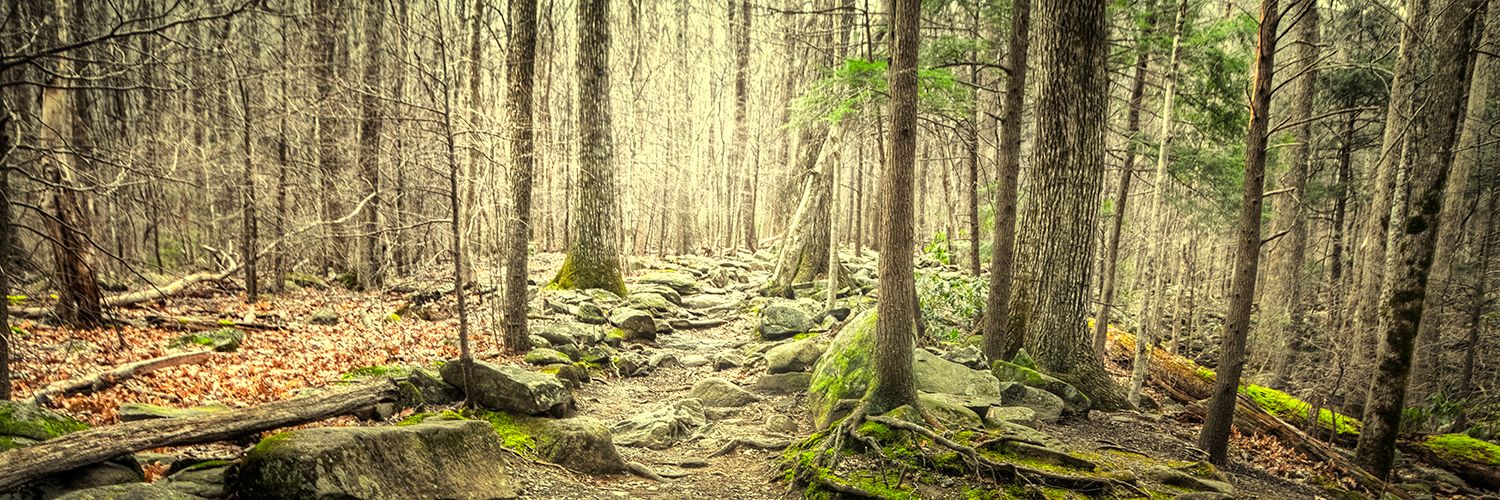Fall Mushrooms Are Early
Submitted by Gary Hunt
I took a hike above the Squitto Lake Forest Service Road wetland. In response to our recent rains, a number of mushroom species are fruiting, most are ones we don’t generally see until later in summer or fall.
Water level in the wetland is still high and walking to the information sign will not be possible for some time yet. Puddles in small depressions have many small western toads actively hopping around and being hard to photograph.
Here are a few mushroom that were visible today. Most are old and the peak fruiting was probably a week or so ago.
This is a puffball, Calbovista subscalpta. They are a common grassland species and also found along grassy roadsides.

Calbovista subscalpta. Notice the warts that are flat or slightly pointed.
Below is a very common bolete found only under Douglas-fir. They live in symbiotic association (mycorrhizal) with only Douglas-fir. It is Suillus lakei, the Western Painted Suillus. They can be extremely numerous with literally dozens under a small group of trees. Unlike most species of Suillus that have a wet or slimy cap, this cap is dry and covered with reddish-brown fibrils. The spore producing tissue below consists of pores that are yellow when young.
Species of Russula often signal the beginning of the fall mushroom season. Some are quite large and they often have colourful caps. There are several species with red caps and the colour quickly fades in rain or exposure to direct light.

A red-capped Russula, possibly Russula silvicola. Notice the white stem and gills. The tissue is very brittle and easily snaps apart.
I found one very young mushroom, but an interesting one. It is probably Agaricus xanthodermis, a species that can be found in forests or in grassy areas. The white colour, shape of the young cap, and yellow staining when bruised are diagnostic. The genus Agaricus also includes excellent edibles, the meadow mushrooms, as well as button mushrooms and portobellos grown commercially. A. xanthodermis is a toxic species and causes gastrointestinal upset in most people.

Thanks for the update Gary. Rick
Makes me realize I should have been up there more in June. There are always fun nature surprises out there.